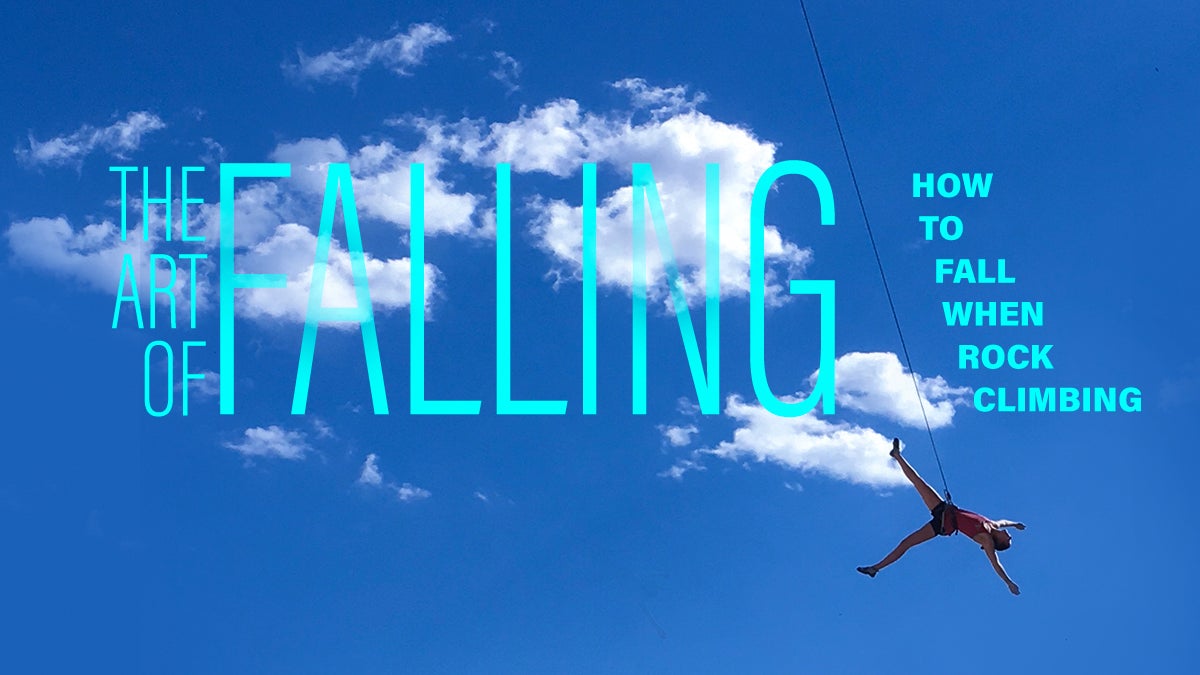The Art of Falling: How to Fall When Rock Climbing

Before you learn to walk, you learn to fall. Falling from a standing position isn’t that scary once you do it once. But falling from a cliff face is terrifying.
Fortunately, if you’re rock climbing, you’re most likely tied into a rope. If your belayer is on point, and your anchors are solid you should be fairly safe.
But your equipment may not always hold. You might even be lead climbing and be almost to your anchor when you fall.
You need to know how to fall so your chances of injury are lower. Here’s how to do that.
Practicing How to Fall Will Prevent Injury
Fears drive most of our decisions in life. Your fear of falling isn’t exactly irrational, but it isn’t helpful when your goal is to scale a 70-foot cliff. Practice can help you overcome the fear of falling.
You want to do this gradually. You don’t want to fall from a tall height and get banged up. Your mind won’t let you try it again for a while after that.
Even seasoned climbers get the heebie-jeebies before a big hard climb sometimes. If you live near a gym, you can use it to practice falling before you head out to the real rock.
You want to find a sport climb that covers a gently overhanging face or a vertical space. You want to have an experienced belayer with you who knows how to protect you while you practice.
How Far Up?
When you’re practicing, you don’t want to be at the top of the wall. But if you’re too close to the ground, you’ll just land on the ground. The stretch in the rope will increase the distance you have to fall.
You should choose a spot around 30-40 feet up off the ground.
What Kind of Climbing is Best for Practice?
You probably don’t want to be lead climbing when you practice falling at first. Remember, you’re increasing your fall distance incrementally. You don’t want to be far above the anchor right away.
This means you need to top rope. Top roping is simply having your anchor above your head. Usually, the anchor is at the top of the wall, but you can be in a top rope position on a lead climb.
Start Practicing
Begin with your tie-in knot near the anchor. Warn the belayer that you’re going to fall by yelling “falling!”
If you’ve got a belayer, he should react quickly when you say this. He’ll lock off the belay device when he hears this and you’ll be safe to fall.
Before you fall, look at where you think you might land. Be sure you’re not going to get ribbed by a particularly sharp hold. Looking down also helps you be in the best position for a fall.
Breathe out. This helps your body relax.
Bend your arms and legs slightly as you fall. You want your knees to be soft to absorb any impact. And lastly, keep your hands up and slightly out to the side for balance and to keep from scraping your arms on the rock.
Put your legs up slightly to absorb the impact as you swing into the wall.
Learning How to Fall Could Save Your Life
Learning how to overcome the fear of falling could save your life too. If you fall from a decently high distance, being relaxed and in the right position will make it more likely you won’t impact your head.
After you learn to fall, check out our guide on taking your climbing to the next level.





